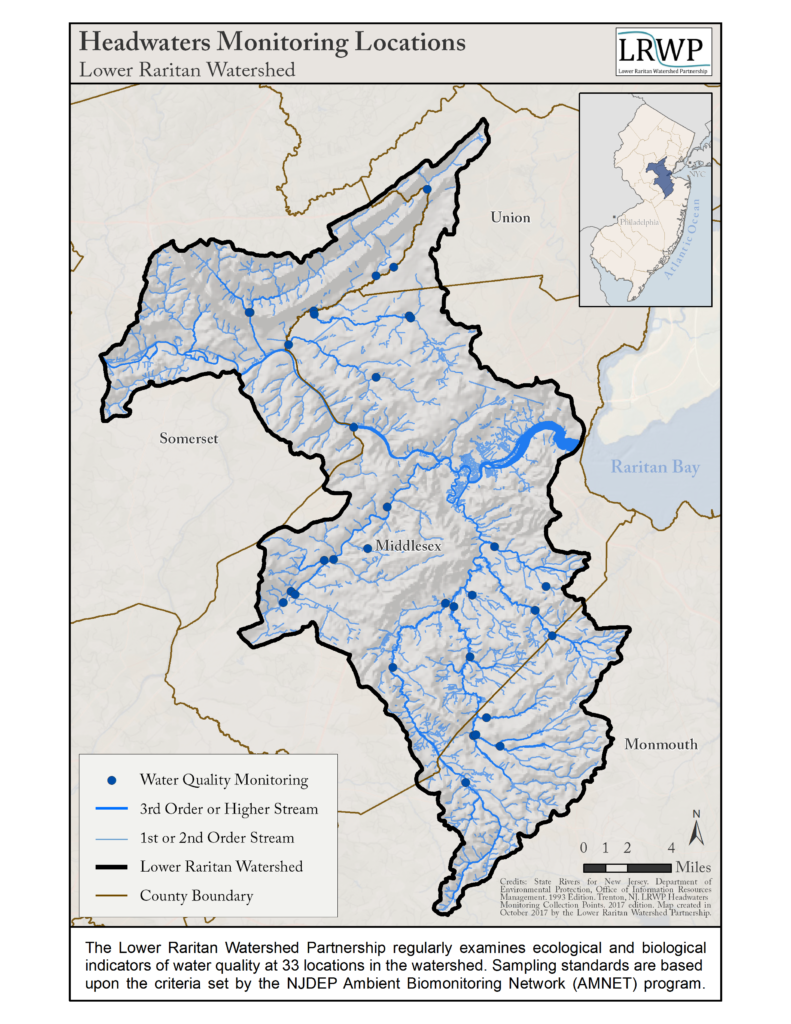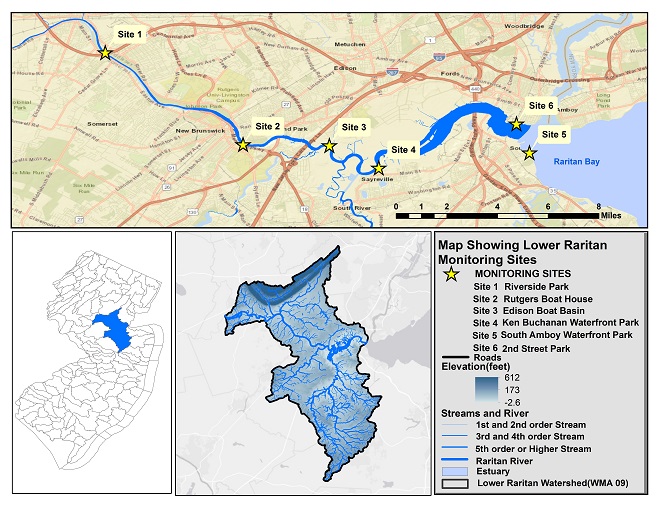If water quality monitoring is inadequate, why do we monitor?
By LRWP Board President Heather Fenyk
In our efforts to diagnose stream, river and watershed health, we regularly assess conditions in only a small portion of our waters. Even in those, we typically measure only a few things once a summer, or once every few years. What’s more, we may realize later we measured the wrong things, or used the wrong tool, at the wrong time, perhaps in the wrong way. We know that the quantity and quality of the data we obtain today is not adequate to diagnose our watersheds’ health and to prescribe the right actions to protect or restore them. So why then do we continue to monitor?

Why monitor?
Critics of monitoring programs correctly point out that getting obsessed with gathering more data can blind us to clear lessons already learned and divert our attention and resources from actions clearly needed. It may be the case that not every stream needs on-going monitoring. But good monitoring activities should be underway in most of our streams and sub-watersheds.
The LRWP sees five major categories of benefits of long-term watershed-based monitoring programs:
1. Enhancing environmental education. People learn best from hands-on experience. One good day in the field studying a river provides more longlasting environmental lessons than ten lectures endured, a hundred news stories read, or a thousand one-line environmental slogans overheard. Monitoring inevitably promotes greater understanding and awareness in a community. When understanding and awareness grow, greater protection and stewardship almost always follow.
2. Clearly defining problems. Monitoring may help confirm fears about watershed problems and trends. It may also help dispel them. By helping us get a firm grip on the nature and magnitude of watershed problems, monitoring helps us focus our efforts and resources on the most important problems to address. When monitoring confirms that a water body is clean and healthy, it helps us define the desirable conditions we need to maintain over time.
3. Pinpointing sources of problems. Understanding what a watershed’s biggest problems are is only half the battle. The other is determining the real sources of those problems. A single problem may be the result of multiple sources, and multiple problems may stem from a single source. Thoughtful, comprehensive, adaptive, long-term monitoring helps us be sure we are addressing all the major sources of problems, not just some of their collective symptoms.
4. Setting standards and goals. Voluntary and regulatory watershed programs both work best when they are based on solid standards and clear goals. The best standards and goals grow from a well grounded understanding of historic and current conditions and trends. Without this type of understanding, standards and goals may be set inappropriately. If they are too low, protection and restoration efforts will not be aggressive enough, and opportunities may be delayed or missed. If they are too high, expectations may be unrealistic and the enthusiasm of involved parties may wane over time. Monitoring helps us set the bar at the right level for each watershed.
5. Providing benchmarks for measuring progress. Restoration and protection efforts cost money and take time—usually, years. Involved parties need clear evidence that their efforts are making a difference if they are to continue to justify their time, effort and expense. Consequently, monitoring before, during and after intensive protection and restoration efforts helps us explain the importance of current efforts and make the case for new ones.
Next steps
Of course the state and federal entities that have mandates to bring about fishable, swimmable waters can and should do more. However, government has not proven its capacity to do everything necessary for healthy waters. In addition to building and securing support for our monitoring programs we need to coordinate governmental and non-governmental monitoring efforts. We need to target those efforts toward better fundamental understanding of our watersheds and their problems. And we need to involve legions of interested and concerned citizens in the ongoing business of assessing watershed conditions and trends.

